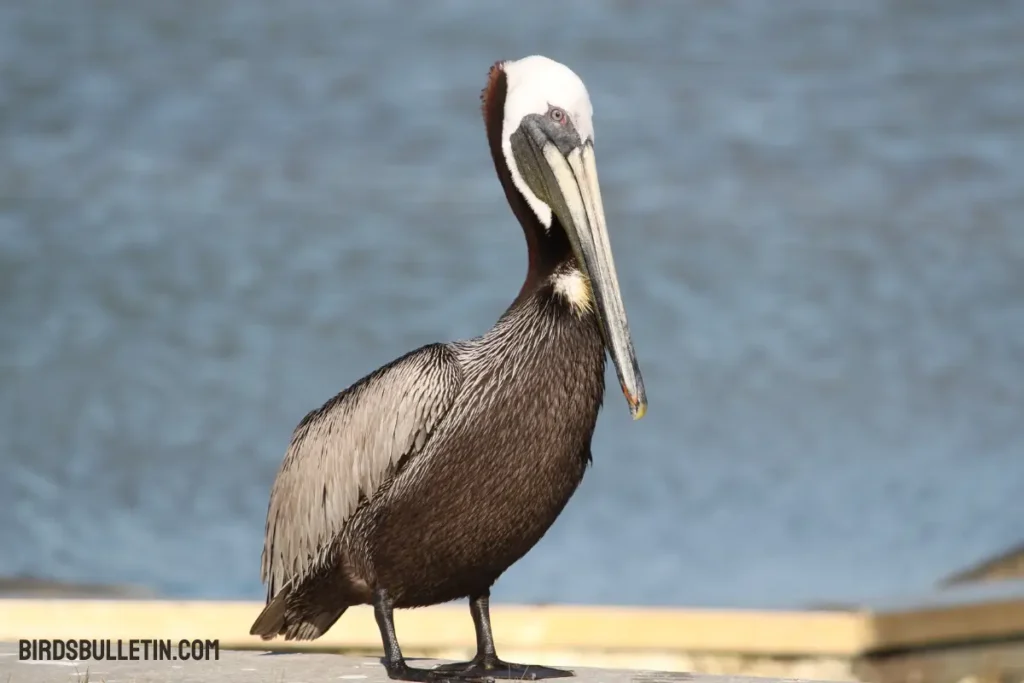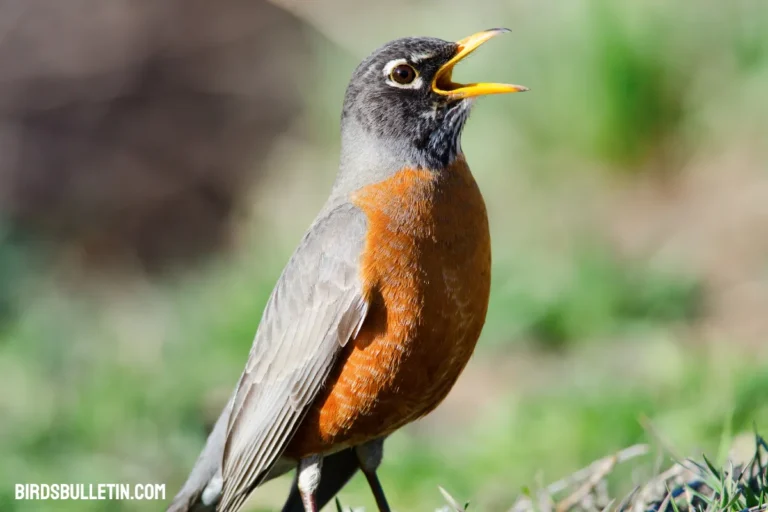Overview Of The Pacific Brown Pelican
P. o. murphyi, commonly known as the Pacific Brown Pelican, is a particular subspecies of the Brown Pelican found in the Pacific coastal regions of western Colombia and Ecuador.
This subspecies is notable for its unique characteristics and migratory behavior, making it an intriguing subject of study for ornithologists and wildlife enthusiasts.
Interested in similar topics on bird subspecies:
Scientific Classification
- Kingdom: Animalia
- Phylum: Chordata
- Class: Aves
- Order: Pelecaniformes
- Family: Pelecanidae
- Genus: Pelecanus
- Species: P. occidentalis
- Subspecies: P. o. murphyi (Wetmore, 1945)
Identification
The Pacific Brown Pelican has an overall gray-brown plumage with a white head and neck. The large bill and throat pouch are yellow to reddish-orange.

It has a large wingspan of around 7 feet. Compared to other Brown Pelican subspecies, P. o. murphyi has more extensive white on the head and nape.
Location
This subspecies is found along the Pacific coast of Colombia and Ecuador. Major breeding colonies occur in mangroves along the coast. After breeding, some birds may migrate north to Panama though the overall range is limited.
Interesting Facts
Pacific Brown Pelicans are skilled divers, plunging from the air into the water to catch fish with their expandable throat pouches. They exhibit wonderful precision and agility while hunting, making them efficient predators in their coastal habitats.
They are also known for their migratory behavior, traveling significant distances between their breeding and non-breeding grounds.
Status
The Pacific Brown Pelican has a fairly restricted range and a small global population estimated at only 5,000-10,000 mature individuals. Habitat loss from mangrove deforestation and human disturbance are the main threats. However, some populations appear to be stable or increasing in protected areas.
Conservation of Natural Habitat:
Conservation initiatives focus on preserving the coastal habitats crucial for the Pacific Brown Pelican’s foraging and migratory activities. These efforts include establishing protected areas, regulating fishing practices, and raising awareness about the importance of sustainable environments.
By mitigating pollution and minimizing disturbances, conservationists aim to create a suitable environment for their survival.
Frequently Asked Questions
01. What is the main habitat of the Pacific Brown Pelican?
Mangrove forests along the coasts of Ecuador and Colombia provide critical protected nesting sites for this subspecies.
02. What is the biggest threat facing the Pacific Brown Pelican?
The main threats are deforestation of coastal mangroves for development and human disturbance of the extremely sensitive nesting colonies.
03. What distinguishes Pacific Brown Pelicans from other pelican subspecies?
Pacific Brown Pelicans can be distinguished by their geographic range, primarily found from western Colombia to Ecuador, and their status as non-breeding visitors to northern Peru.
04. How deep can Pacific Brown Pelicans dive to catch fish?
Pacific Brown Pelicans are skilled divers and can plunge into the water from significant heights, reaching depths of up to 10-15 feet (3-4.5 meters) to catch fish.
Summary
With its range centered around coastal Ecuador and Colombia, the Pacific Brown Pelican is a little-known subspecies of these iconic fishing birds. Conservation efforts to preserve mangrove habitats and limit disturbances are required to ensure healthy breeding populations in the future.







